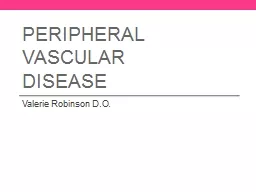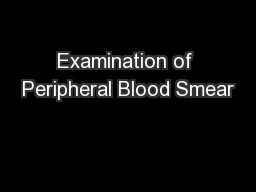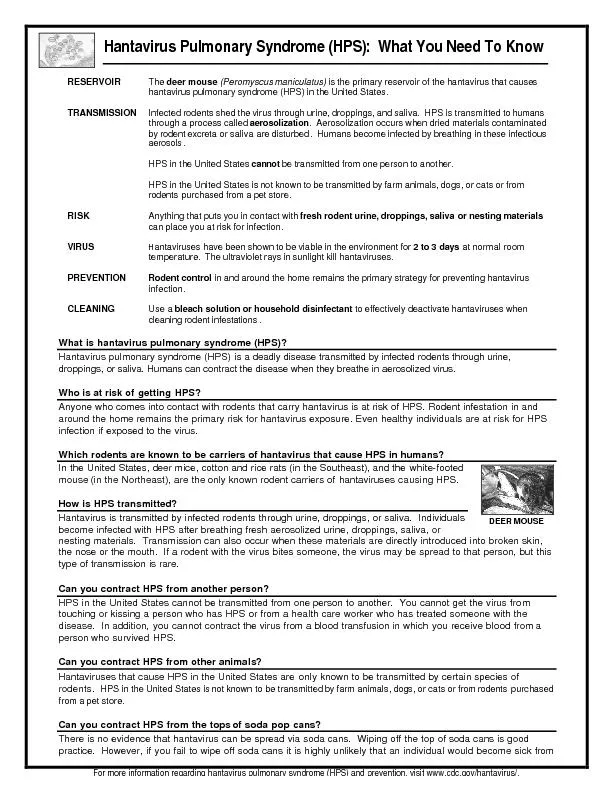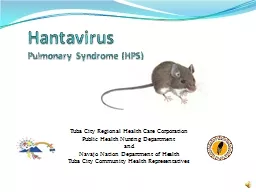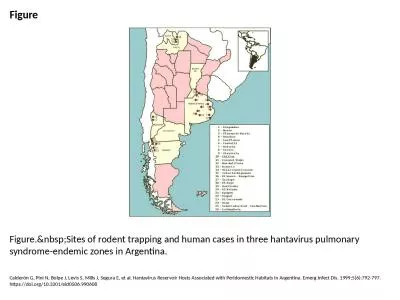PPT-the Five Point Peripheral Blood Screen for HANTAVIRUS CARDIOPULMONARY SYNDROME
Author : jovita | Published Date : 2022-06-28
Glynnis Ingall MD PhD Hantavirus Cardiopulmonary Syndrome Hantavirus Cardiopulmonary Syndrome HCPS is a severe sometimes fatal respiratory disease caused
Presentation Embed Code
Download Presentation
Download Presentation The PPT/PDF document "the Five Point Peripheral Blood Screen f..." is the property of its rightful owner. Permission is granted to download and print the materials on this website for personal, non-commercial use only, and to display it on your personal computer provided you do not modify the materials and that you retain all copyright notices contained in the materials. By downloading content from our website, you accept the terms of this agreement.
the Five Point Peripheral Blood Screen for HANTAVIRUS CARDIOPULMONARY SYNDROME: Transcript
Download Rules Of Document
"the Five Point Peripheral Blood Screen for HANTAVIRUS CARDIOPULMONARY SYNDROME"The content belongs to its owner. You may download and print it for personal use, without modification, and keep all copyright notices. By downloading, you agree to these terms.
Related Documents


